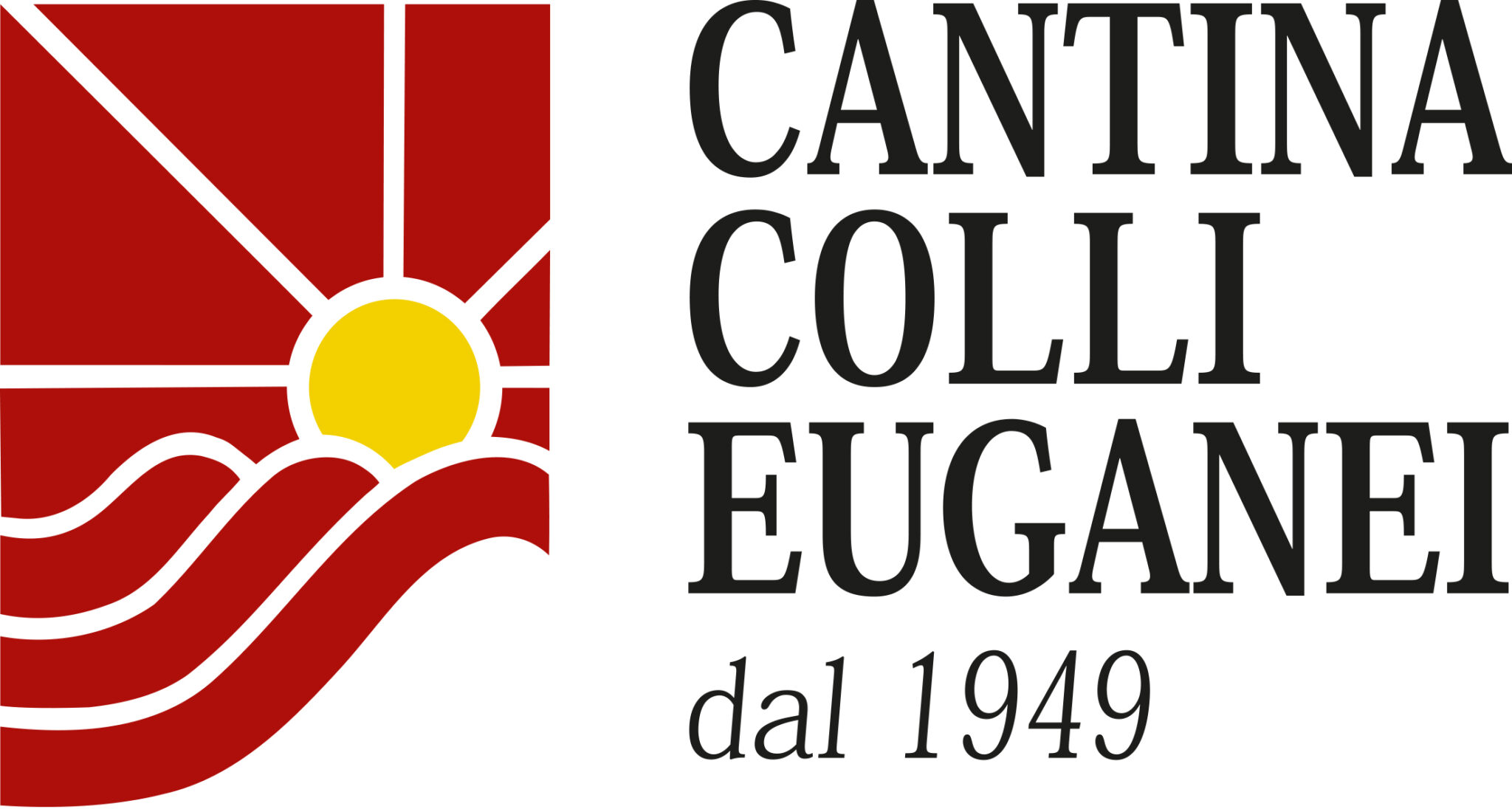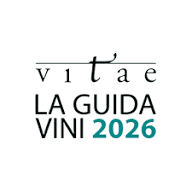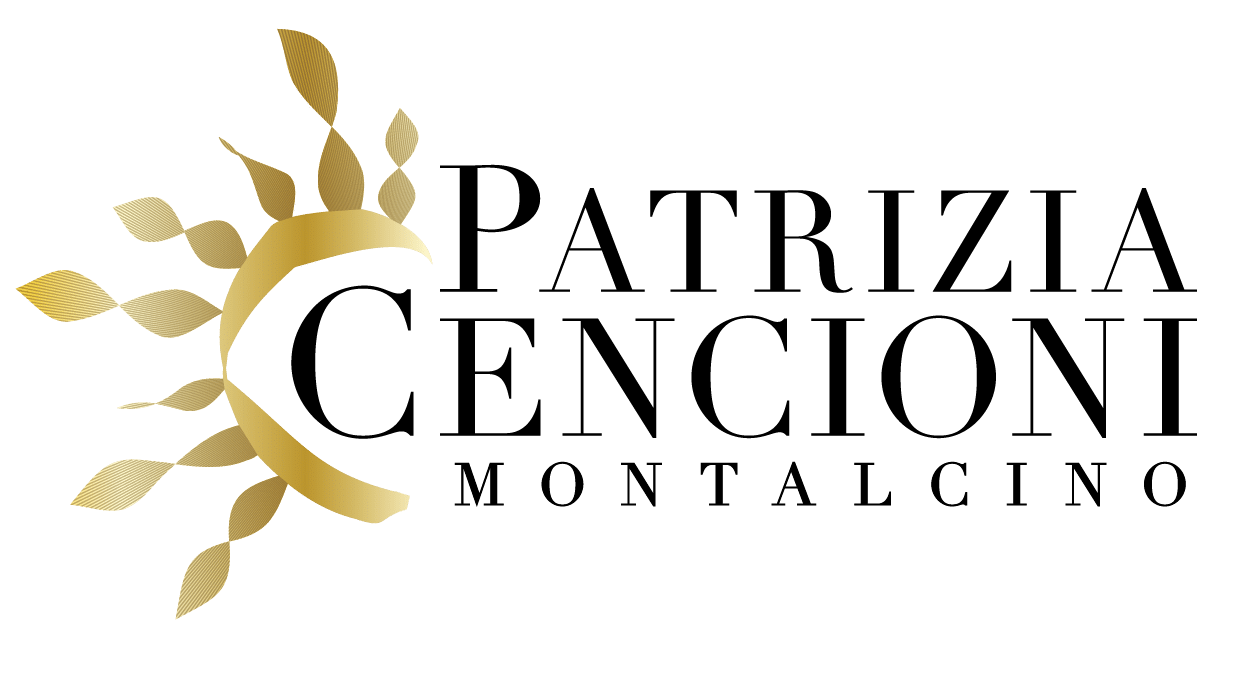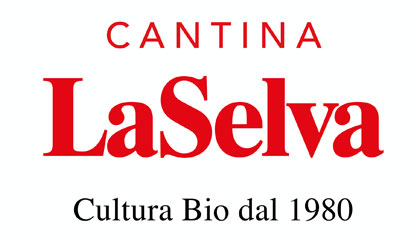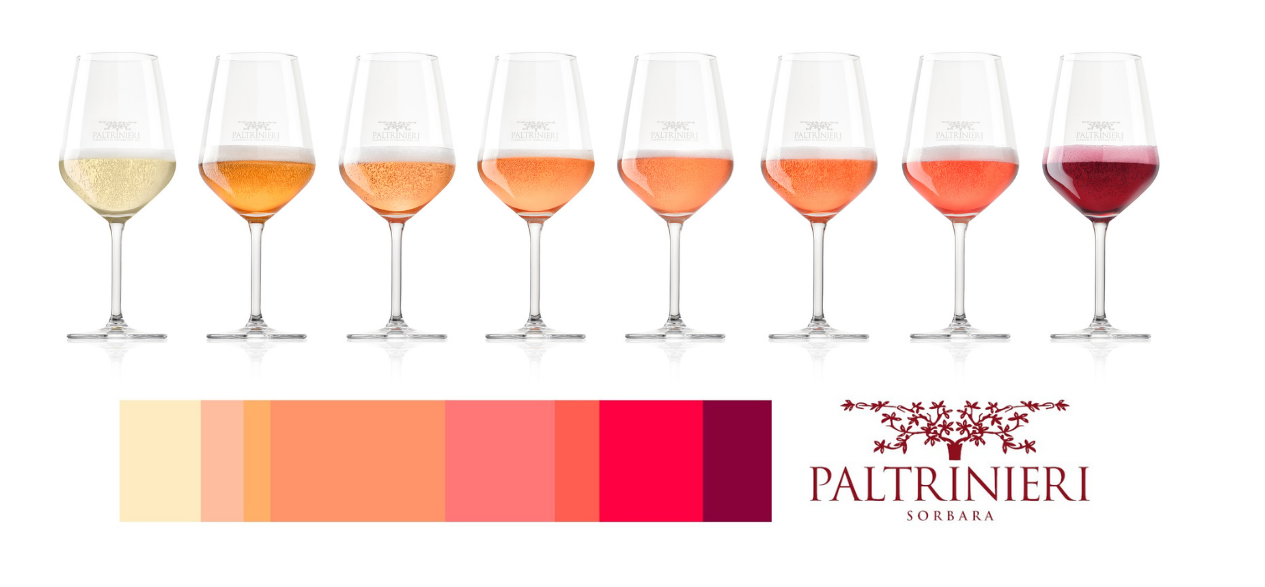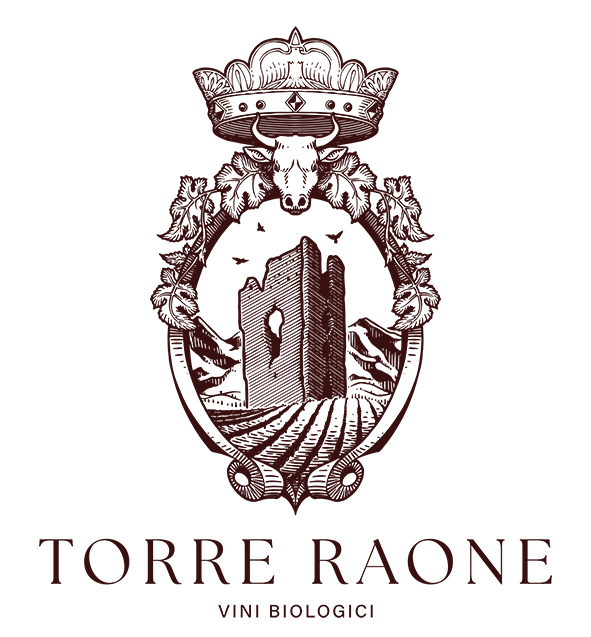Merry Christmas

Please be informed that Enoteca Nederland will be closed from December 24th, 2025 till January 2nd, 2026.
We would like to thank you for the trust and co-operation during this year.
Merry Christmas

Please be informed that Enoteca Nederland will be closed from December 24th, 2025 till January 2nd, 2026.
We would like to thank you for the trust and co-operation during this year.
Awards for Cantina LaSelva by Veronelli
Continue readingVitae 2026: awards for Borgo Maragliano
Continue readingPatrizia Cencioni: awards by Vinous.
94+ Points were assigned to the Brunello Ofelio and 94 to Riserva 123 while the Brunello 2021 received 93 Points.
BRUNELLO DI MONTALCINO OFELIO 2021
100% sangiovese
Manual selection of the grapes, soft de-stemming, fermentation at controlled temperature, 32 days of skin contact.
Aged for 40 months in 15 Hl Slavonian oak Barrels
Color: deep ruby red with garnet reflection.
Aroma: rich bouquet with complex aromas. Intense notes of sour cherry and violet, followed by spices and mediterranean herbs.
Flavor: great structure and intensity. Rich, vibrant, lively and elegant, with great persistence.
Food Pairings: perfect pairing for red meats and game.

BRUNELLO DI MONTALCINO RISERVA 123 2020
100% sangiovese
Manual selection of the bunches, soft de-stemming, fermentation at controlled temperature, 32 days of skin contact.
Aged for 48 months in 20 Hl Slavonian oak Barrels and 7,5 hl French oak Barrels.
Color: deep, bright ruby red with garnet reflection.
Aroma: intense bouquet with great complexity. Sour cherry, violet, blood orange, followed by spice with perceptible hints of leather and tobacco.
Flavor: well-structured and intense. Rich, elegant, with a velvety texture and great persistence.
Food Pairings: perfect match for red meats and game.

BRUNELLO MONTALCINO 2021
100% sangiovese
Manual selection of the bunches, soft de-stemming, fermentation at controlled temperature, 25 days of skin contact.
Aged for 36 months in 26, 42 e 7,5 hl French and Slavonian oak Barrels.
Color: intense, bright ruby red.
Aroma: in the foreground is an intense fruity note of iron cherry, then comes the balsamicity of Mediterranean bush, along with hints of tobacco and cocoa
Flavor: intense and enveloping.
Food Pairings: perfect with red meats and game.


THE WINERY:
Founded in 1989, the winery Patrizia Cencioni is now managed by three women who continue a tradition started by their grandfather, Giuseppe Cencioni, one of the founders of the Consorzio del Brunello di Montalcino.
The estate spans about 50 hectares, including 8 dedicated to Brunello di Montalcino vineyards and 7 to olive groves.

Last but not least, the winery offers tours and tastings at their location at Podere Capanna, 102 – 53024 Montalcino.





Icardi: award by Wine Spectator
Continue readingAwards for Cantina LaSelva by Veronelli
Continue readingVinum awards for Cantina LaSelva
Continue readingFalstaff: nice ratings for Cantina Paltrinieri
Continue readingTorre Raone: awards by Wine Enthusiast
Continue readingPatrizia Cencioni: awards by Winecritic.com.
97 Points were assigned to the Brunello Riserva 123 and the Ofelio while the Brunello 2021 received 95 Points.
BRUNELLO DI MONTALCINO RISERVA 123 2020
100% sangiovese
Manual selection of the bunches, soft de-stemming, fermentation at controlled temperature, 32 days of skin contact.
Aged for 48 months in 20 Hl Slavonian oak Barrels and 7,5 hl French oak Barrels.
Color: deep, bright ruby red with garnet reflection.
Aroma: intense bouquet with great complexity. Sour cherry, violet, blood orange, followed by spice with perceptible hints of leather and tobacco.
Flavor: well-structured and intense. Rich, elegant, with a velvety texture and great persistence.
Food Pairings: perfect match for red meats and game.

BRUNELLO DI MONTALCINO OFELIO 2021
100% sangiovese
Manual selection of the grapes, soft de-stemming, fermentation at controlled temperature, 32 days of skin contact.
Aged for 40 months in 15 Hl Slavonian oak Barrels
Color: deep ruby red with garnet reflection.
Aroma: rich bouquet with complex aromas. Intense notes of sour cherry and violet, followed by spices and mediterranean herbs.
Flavor: great structure and intensity. Rich, vibrant, lively and elegant, with great persistence.
Food Pairings: perfect pairing for red meats and game.

BRUNELLO MONTALCINO 2021
100% sangiovese
Manual selection of the bunches, soft de-stemming, fermentation at controlled temperature, 25 days of skin contact.
Aged for 36 months in 26, 42 e 7,5 hl French and Slavonian oak Barrels.
Color: intense, bright ruby red.
Aroma: in the foreground is an intense fruity note of iron cherry, then comes the balsamicity of Mediterranean bush, along with hints of tobacco and cocoa
Flavor: intense and enveloping.
Food Pairings: perfect with red meats and game.


THE WINERY:
Founded in 1989, the winery Patrizia Cencioni is now managed by three women who continue a tradition started by their grandfather, Giuseppe Cencioni, one of the founders of the Consorzio del Brunello di Montalcino.
The estate spans about 50 hectares, including 8 dedicated to Brunello di Montalcino vineyards and 7 to olive groves.

Last but not least, the winery offers tours and tastings at their location at Podere Capanna, 102 – 53024 Montalcino.






